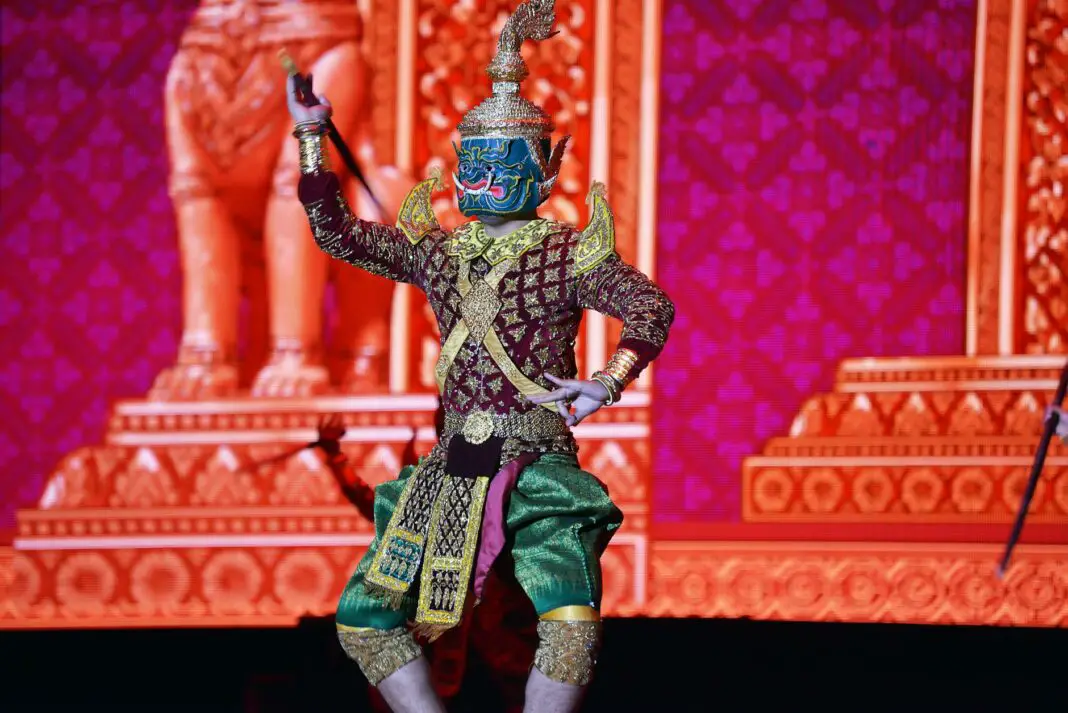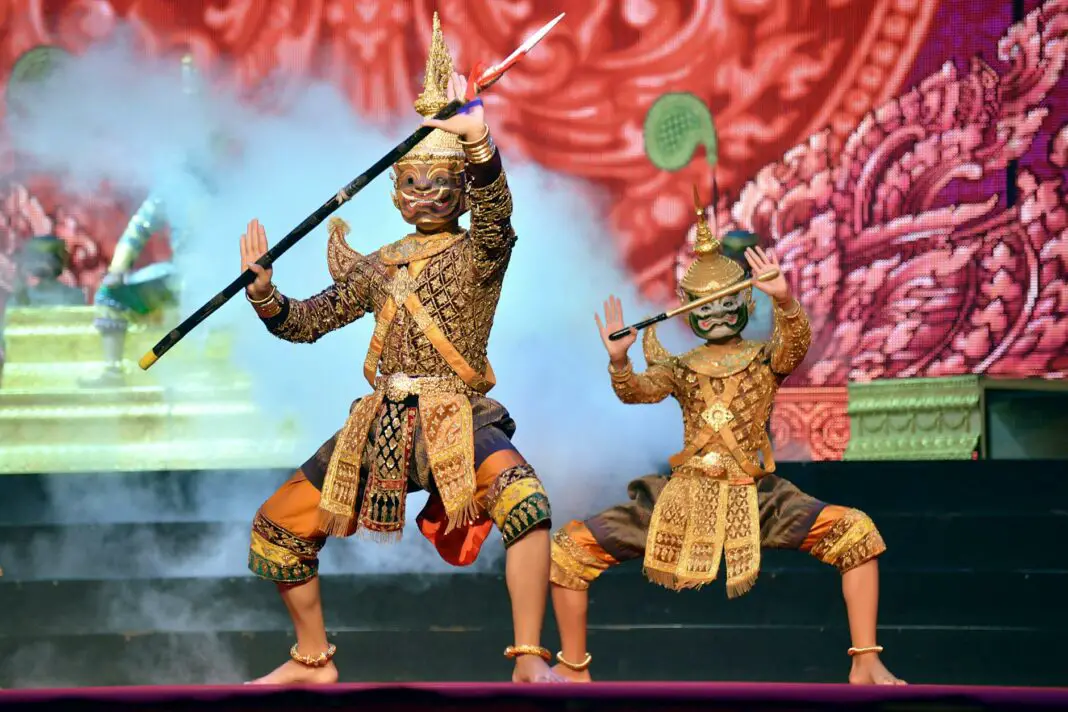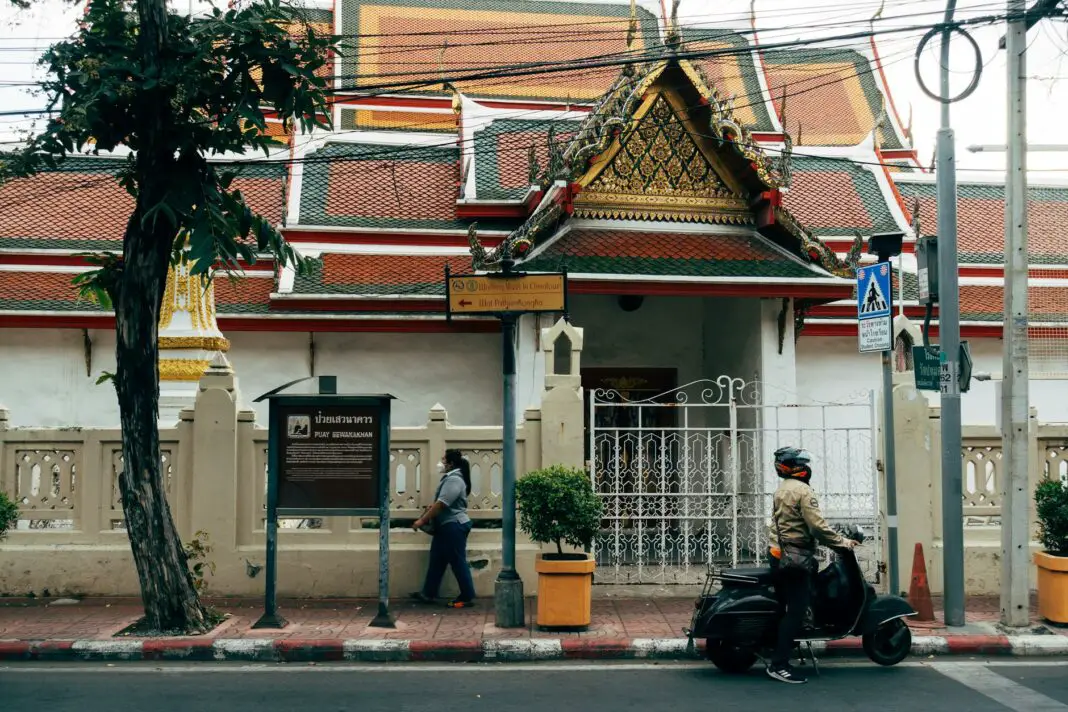Thailand is a land of breathtaking landscapes, mouth-watering cuisines, and rich cultural experiences, making it a top travel destination. Amidst the stunning beaches and vibrant markets lies an essential aspect of Thai culture that enchants visitors: Thai dance. This captivating art form serves as a vibrant thread in the cultural tapestry of Thailand, reflecting its history, traditions, and values. Not only does it offer a glimpse into the heart of Thai society, but it also tells stories that captivate the imagination and spirit of those who witness it. A journey to Thailand is incomplete without diving into the mesmerizing world of Thai dance, an experience that resonates deeply with both locals and travelers alike.
This blog post will explore the significance of Thai dance, unraveling why it is considered the heartbeat of Thailand’s culture. We will delve into its historical roots, various forms, and the powerful messages it communicates. Additionally, we’ll provide actionable insights for travelers looking to immerse themselves in this beautiful cultural experience during their trip to Thailand. Get ready to discover how Thai dance is intertwined with the everyday lives of the Thai people, serving as a vessel for cultural expression and community spirit.
Table of Contents
- Historical Roots of Thai Dance
- Forms of Thai Dance
- Cultural Significance of Thai Dance
- Experiencing Thai Dance
- Impact and Influence on Thai Society
- Final Reflections on Thai Dance
- FAQs
Historical Roots of Thai Dance
The history of Thai dance is deeply rooted in the traditions of ancient civilizations. Evolving over centuries, it mirrors a blend of diverse influences, from religious rituals to royal court performances. Each dance form serves as a historical narrative, often tracing back to the ancient kingdoms that flourished in the region. The connection to spirituality cannot be overlooked, as many dances were initially performed to honor deities and express gratitude for bountiful harvests.
Moreover, the portrayal of stories from Thai literature, such as the Ramakien, adds layers of depth to the performances. This rich history not only captivates audiences but also fosters a profound appreciation for Thailand’s heritage. As travelers embark on their adventure, understanding the historical context of Thai dance can enrich their experience, revealing the intricate relationship between art and culture that has endured through time.
Forms of Thai Dance
Thai dance is incredibly diverse, showcasing a variety of styles, each with unique characteristics and significance. Perhaps the most iconic form is Khon, a masked dance drama that narrates tales from the Ramayana through exquisite movements and elaborate costumes. With its intricate choreography and the use of masks, Khon is indeed a visual feast that demands rigorous training and dedication.
Another notable style is the classical Thai dance, often performed at cultural celebrations and festivals. Dancers adorned in ornate costumes gracefully move to traditional melodies, conveying stories that depict love, reverence, and even humor. Folk dances, on the other hand, capture the spirit of Thailand’s rural communities, characterized by lively rhythms and communal participation, making them accessible for everyone to enjoy. Exploring these varied dance forms invites travelers to celebrate the rich tapestry of Thailand’s cultural expressions.
Cultural Significance of Thai Dance
The importance of Thai dance stretches far beyond mere entertainment; it is a vital means of cultural preservation and identity. At its core, dance serves as a platform for storytelling, helping to pass down customs and myths from one generation to the next. This art form embodies the values, beliefs, and experiences of the Thai people, providing a sense of belonging and continuity.
Moreover, Thai dance promotes social cohesion, often performed during communal gatherings, ceremonies, and festivals that bring people together. In a world of modern influences, maintaining these traditional practices fosters deep-rooted connections to heritage and community. For visitors, engaging with Thai dance can spark meaningful relationships with locals, enriching their understanding of a culture built on shared experiences and communal pride.
Experiencing Thai Dance
For those eager to immerse themselves in Thai culture, experiencing Thai dance firsthand is an absolute must. Attend a traditional dance performance at a local temple or cultural center, where the captivating artistry and vibrant costumes will leave an indelible mark on your memory. Alternatively, consider enrolling in a Thai dance workshop, where you can learn some fundamental movements while connecting with local instructors dedicated to preserving this cherished tradition.
Additionally, exploring regional variations of dance opens up new avenues for cultural appreciation. For instance, the Northern region’s distinct Lanna dance showcases influences from neighboring cultures, while Southern folk dances exhibit the rhythms and vibrancy of coastal life. Each performance offers a unique perspective on what it means to be Thai, transforming a simple trip into a deep cultural exploration. Engaging with dance is an opportunity to foster connections and enrich your travel experience.
Impact and Influence on Thai Society
The influence of Thai dance transcends the stage, permeating various facets of Thai society. It plays a crucial role in education, with many schools incorporating traditional dance into their curriculums to instill a sense of pride and cultural awareness in students. This emphasis on the arts encourages younger generations to cherish their heritage while also allowing them to express their creativity.
Moreover, in the face of globalization, traditional Thai dance has experienced a revival, with artists striving to innovate while respecting cultural roots. Collaborations with contemporary forms of art create exciting fusion performances that appeal to both locals and tourists. On platforms like social media, these efforts have amplified the reach of Thai dance, making it more accessible and celebrated around the world. Thus, Thai dance not only enriches the cultural landscape but also serves as a symbol of resilience and adaptability in an ever-changing society.
Dive Deeper into the Heartbeat of Thailand
As travelers embark on their adventures in Thailand, embracing the essence of Thai dance is essential to experiencing the country’s vibrant culture. This beautiful art form weaves together history, identity, and community, revealing the stories and values that define the Thai way of life. Whether witnessing a mesmerizing performance, learning a traditional dance step, or simply engaging in conversation with local artists, every interaction deepens the understanding of what makes Thailand truly special.
By immersing yourself in the world of Thai dance, you not only enrich your travel experience but also contribute to the preservation of a cultural heritage that embodies the heart and soul of Thailand. So, pack your bags and set off on an extraordinary journey where Thai dance will undoubtedly be the heartbeat of your adventures.
FAQs
What is the significance of Thai dance in Thailand’s culture?
Thai dance is an integral part of the country’s cultural identity, serving as a storytelling medium that conveys historical narratives, societal values, and communal ties.
What types of Thai dance are most popular among tourists?
Folk dances and classical performances, such as Khon and traditional Thai dance, are particularly popular among visitors, showcasing both movement and costume intricacies.
How can I learn Thai dance during my trip?
Many dance studios and cultural centers offer workshops that allow travelers to learn basic movements under the guidance of experienced instructors, fostering both appreciation and engagement.
Are there specific events where I can see traditional Thai dance?
Local festivals, temple events, and cultural gatherings often feature traditional Thai dance performances, providing authentic experiences for visitors.
Why is Thai dance considered a form of community expression?
Thai dance fosters social bonds, as many performances occur during communal celebrations and serve as a reminder of shared heritage and values within Thai society.
Image Credit: Pexels





